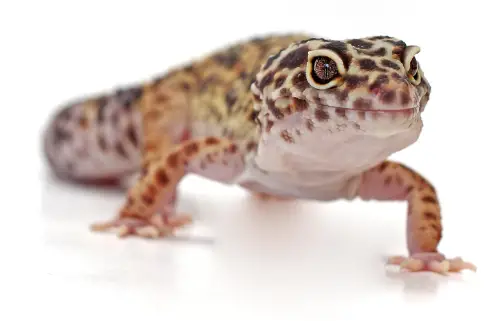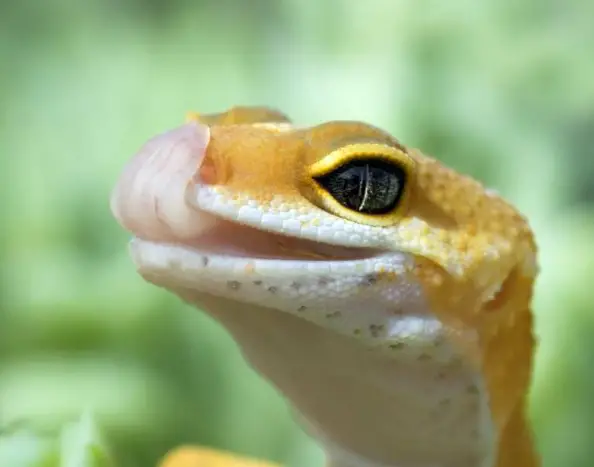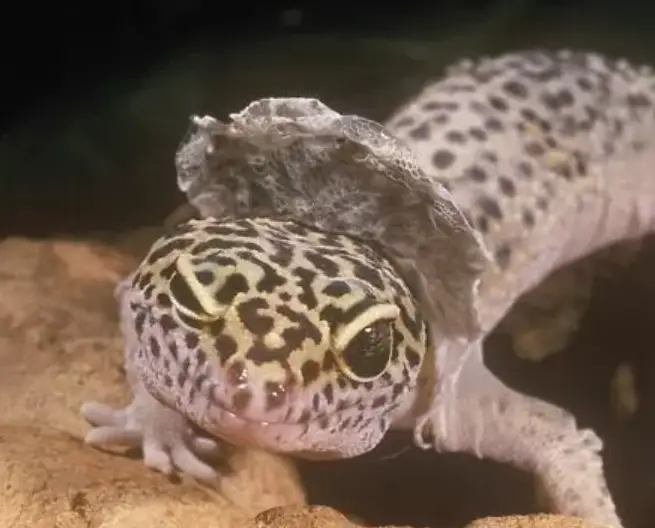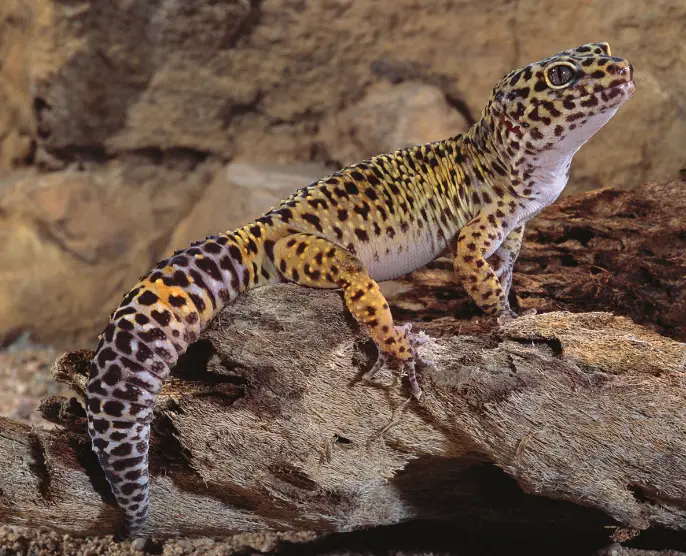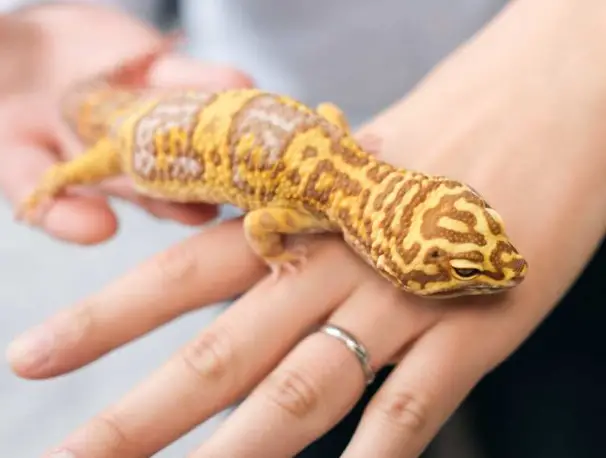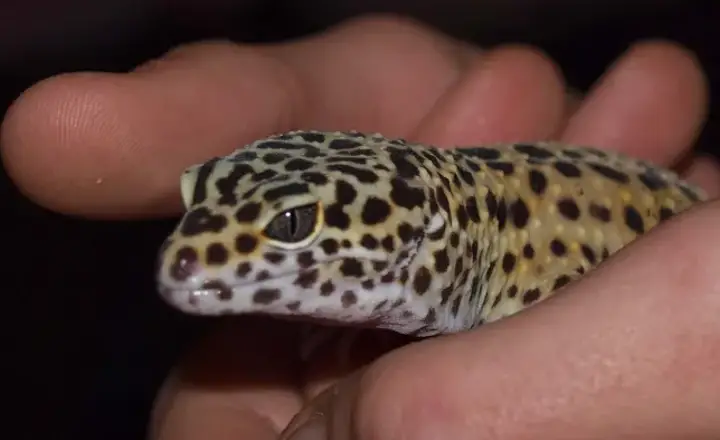Leopard geckos are one of the most popular pets in the reptile world due to their ease of care and friendly demeanor. However, one of the most common health problems faced by these lizards is dehydration. As pet owners, it is important to be able to recognize the signs of dehydration in our furry friends and take the necessary steps to treat it. In this article, we will guide you on how to tell if your leopard gecko is dehydrated, and what steps you can take to ensure they remain healthy and hydrated.
Understanding the Importance of Hydration in Leopard Geckos
Hydration is a crucial aspect of leopard gecko health and well-being. These reptiles are native to arid regions, which means they have evolved to survive in harsh, dry environments. However, despite their adaptations, they still require access to water to stay hydrated. Here are some of the reasons why hydration is so important for leopard geckos:
Regulates Body Temperature – Leopard geckos are ectothermic animals, meaning their body temperature is regulated by the environment. When they are dehydrated, their ability to regulate their body temperature is affected, and they become more susceptible to heat stress.
Supports Digestive Health – Hydration helps to regulate the digestive process, keeping the digestive system functioning properly. When leopard geckos are dehydrated, their digestive system slows down, which can lead to constipation, digestive blockages, and other health issues.
Aids in Shedding – Leopard geckos shed their skin periodically to grow and replace damaged or worn skin. Hydration helps to soften the skin, making it easier for the gecko to shed without causing injury or stress.
Supports Immune Function – Hydration is essential for proper immune function. When a leopard gecko is dehydrated, their immune system is weakened, making them more susceptible to illness and disease.
Maintains Healthy Skin – Leopard geckos need water to keep their skin hydrated and healthy. Dehydration can lead to dry, flaky skin, which can cause skin irritation and increase the risk of infections.
Identifying the Signs and Symptoms of Dehydration in Leopard Geckos
Dry Mouth: One of the earliest signs of dehydration in leopard geckos is a dry mouth. If the gecko’s mouth is dry and sticky, it’s a sign that it hasn’t had enough water.
Sunken Eyes: If the gecko’s eyes appear sunken, it may be a sign of dehydration. This can also be accompanied by a dry, wrinkled skin and dry, sticky scales.
Loss of Appetite: Dehydrated leopard geckos may lose their appetite, which can lead to weight loss and a weakened immune system.
Lethargy: Dehydrated leopard geckos may be more lethargic than normal. They may also be slower to move or even stop moving altogether.
Dark Urine: Normal leopard gecko urine should be light yellow in color. If the urine is darker than usual, it may be a sign of dehydration.
Constipation: Dehydration can lead to constipation, which can cause the gecko discomfort and may require medical attention.
Breathing difficulties: Dehydration can also cause breathing difficulties, especially in more severe cases.
How to Rehydrate Your Dehydrated Leopard Gecko
If you suspect that your leopard gecko is dehydrated, there are several steps you can take to help them regain their hydration levels. First, make sure they have access to fresh water at all times. This can be done by changing the water in their dish daily or providing them with a misting system.
Another way to help rehydrate your leopard gecko is to increase humidity levels in their enclosure. This can be done by using a humidifier or regularly misting the enclosure with water. If you are unsure about how to properly increase humidity levels, consult with your veterinarian for guidance.
You can also offer your leopard gecko water-rich foods such as live insects, fruits, and vegetables. This will not only help increase their fluid intake, but will also provide them with important nutrients and vitamins.
In severe cases of dehydration, your leopard gecko may require subcutaneous fluid therapy. This involves administering fluids under the skin and should only be performed by a veterinarian. If you suspect your leopard gecko is suffering from severe dehydration, it is important to seek veterinary care as soon as possible.
Conclusion
In conclusion, recognizing the signs of dehydration in your leopard gecko is crucial to ensuring its health and well-being. By observing changes in their skin, weight, and behavior, you can detect dehydration and take appropriate measures to rehydrate your pet. Regular monitoring of your gecko’s hydration levels is also essential to prevent future dehydration incidents. If you suspect your leopard gecko is dehydrated, it is advisable to seek the advice of a veterinarian for proper diagnosis and treatment.
